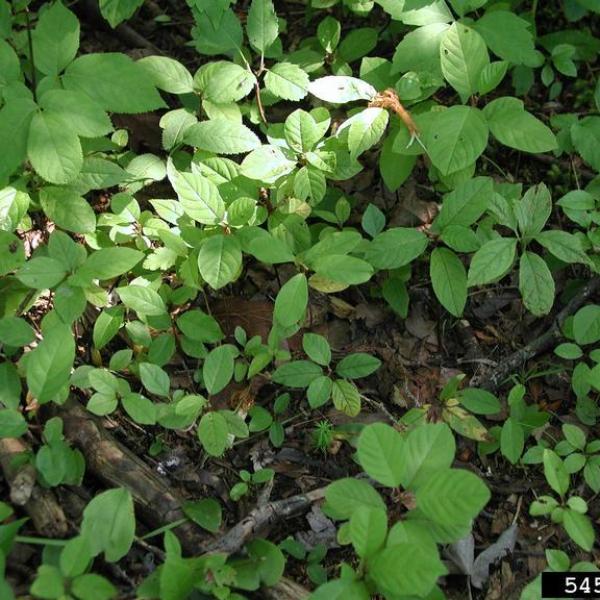
Windham County and much of Vermont had a bumper crop of white pine cones in 1987. This presented an opportunity to regenerate new stands of white pine that had reached maturity. In forest management, we often use a cutting method called a shelterwood to start a new crop of white pine. This is essentially a very heavy thinning where we leave large trees evenly spaced to provide seed at a wide spacing and cut all of the other trees so that enough light reaches the ground for the pine seeds to germinate.
On a woodlot in Westminster, a consulting forester prepared a shelterwood cutting in a stand of mature white pine. The timber harvest set up the right conditions for a new generation of pine and when the following spring came, there was a carpet of new seedlings that were so thick that by the end of the summer it looked like a bed of clubmoss.
For the next several years I would stop by this woodlot and observe how well things were coming along. It was textbook forestry and it appeared that a new (healthy) stand of white pine was started. One important point to consider in the development of white pine is that this species grows very slowly in the first five years or so after establishment. If anything comes up to compete directly with the young pines, this can cause some real problems.
At year two, three and four things looked very good with the developing seedlings that were now nearly a foot tall. This is the type of stand that could easily grow white pine at 25,000 board feet per acre. If we assume that each 1,000 board feet is worth $100, then each acre would have a gross timber value of $2,500. The stand that was regenerated is about 25 acres in size, so the timber value across that acreage would represent a gross value of $62,500.
I usually visited this stand each year but missed a couple visits, so I wasn't out there for just over two years. When I walked into the woods I got a real shock. In just over two years the regenerating stand had been severely invaded by glossy buckthorn (Frangula alnus).
This highly invasive exotic had established itself so well that it was now a 3-4 foot tall thicket that was shading out the light-loving pines. The competition was so extreme that we will likely lose the crop of white pine. Therefore, without intervention, this invasive exotic could potentially cost this or future landowners $62,500 in lost revenue.
Cases like this are causing foresters to be increasingly concerned about the economic impact of invasive exotic plants.
Article Credit: Bill Guenther, Windham County Forester, VT Department of Forest, Parks, & Recreation
Photo Credit: Leslie J. Mehrhoff, University of Connecticut, Bugwood.org